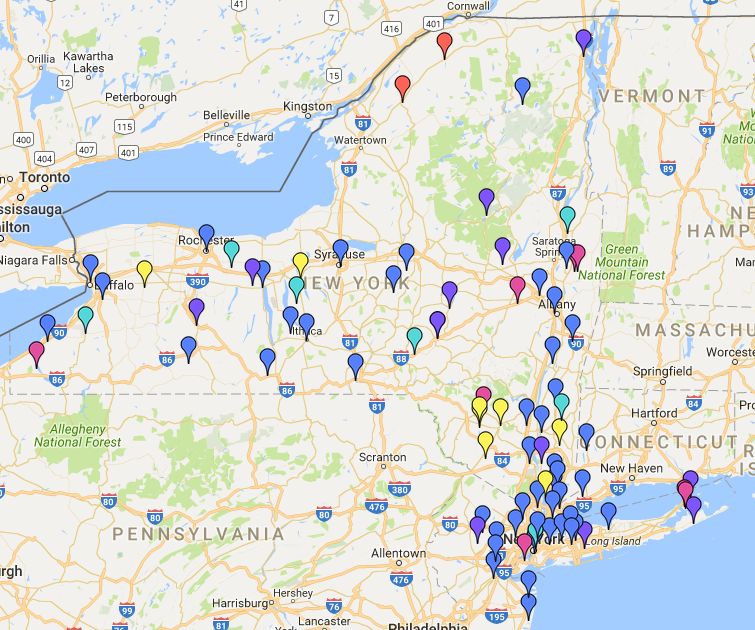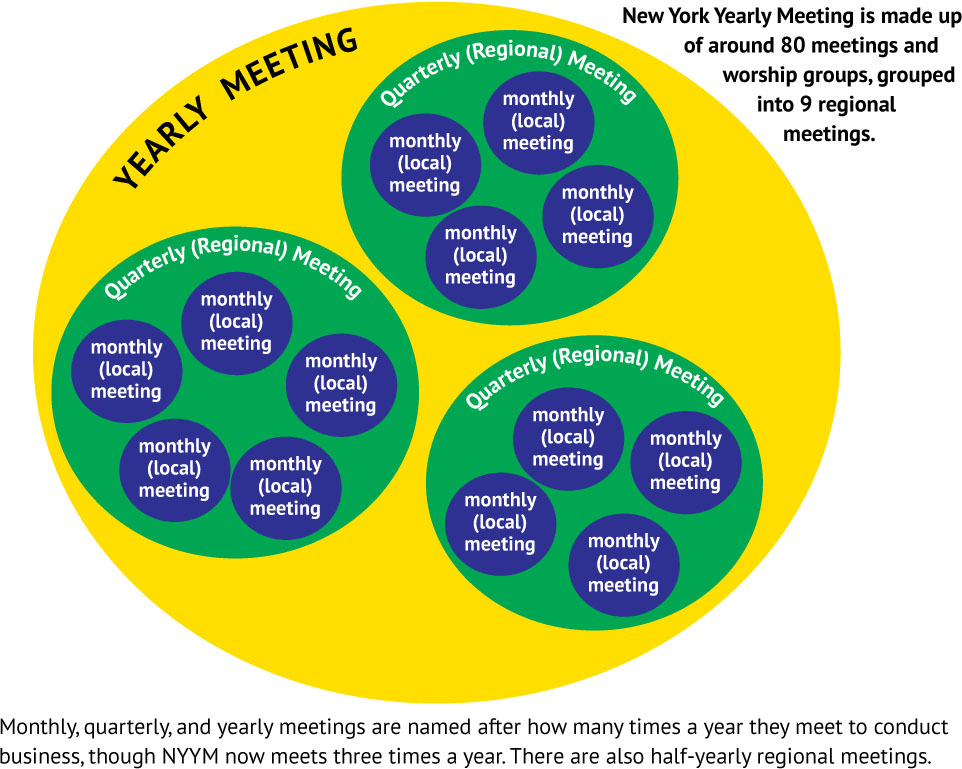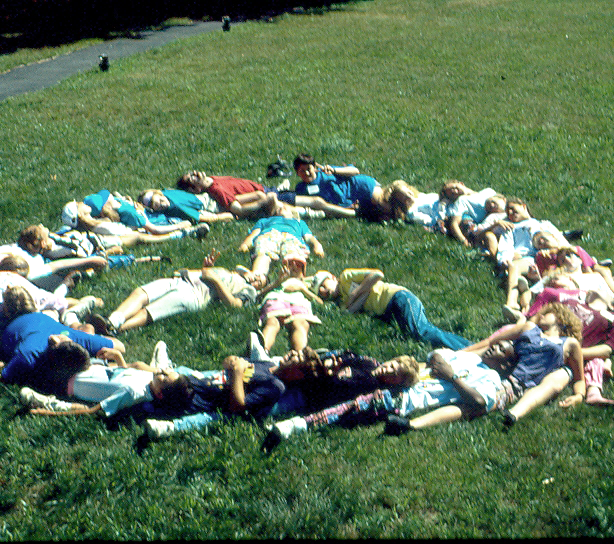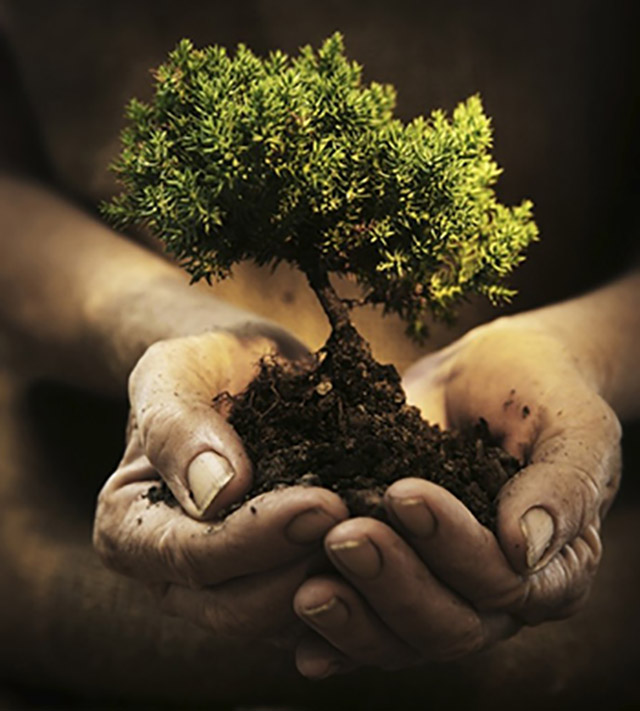Quaker Indigenous Boarding Schools
by Liseli Haines
Mohawk Valley Meeting
The Skä•noñh Great Law of Peace Center is a Haudenosaunee Cultural Center in Syracuse focused on telling the story of the native peoples of central New York. I attended a conference there several years ago focused on the Indigenous Boarding Schools and their legacy. One researcher tried to tell the audience of European descendants and Indigenous people that the letters written home by the students from Carlisle, the infamous Federally run Boarding School, proved Carlisle wasn’t all bad. After he had finished his presentation an Indigenous man stood up and gave powerful testimony of the abuse he was subjected to as a child at boarding school. Not something that anyone could argue with. I have been holding this dichotomy ever since.
In subsequent years I spent many hours researching the Tunesassa Boarding School, the only fully Quaker run Indigenous Boarding School in the NYYM area. It was in Allegheny Seneca territory near what is now Salamanca NY. I spent several hours at Haverford Library photographing the student ledger of Tunesassa. Tunesassa was a boarding school from 1852 to 1938 and the ledger covered all but the first 12 years. I transcribed that ledger line by line, and felt that I got to know those children just a little bit. I learned who their parents were, where they lived, how old they were and sometimes, what happened to them. The notes in the last section sometimes told of their marriages, their deaths, or if they ran away from the school. But it was all in the words of the Quaker teachers. I longed for the words of the children, and then I discovered a book of reminiscences of Seneca elders, recorded in 1986 and read it cover to cover. There were many references to the “Quaker School”. I heard that the food was pretty good, that if the children spoke Seneca, their native language, they were made to stand or sit out in the hall. Not too bad, I thought to myself. I found myself trying to create the fiction that this school was different. That it did not have abusive teachers, that the children were treated well, that their memories were not of the horrors of the “Quaker school.”
It was in a weekly discussion of Friends doing research on Quaker Indigenous Boarding Schools that clarity came to me. One person said that as far as she could tell the Quaker Boarding Schools were the “unintentional handmaidens of Empire” and Quakers, in running these schools, changing gender roles, Christianizing and squashing language and native culture were “the best of the worst.” Faint praise indeed. It was here that I realized that it was not a dichotomy I was holding. I realized that while individual students might not have been abused, might have acquired skills that helped them support their families and in the short run benefitted from their Quaker education. In the long run their lives and the lives of their children may have suffered. These individuals lost their identity, lost their culture, lost their community. The educational system of the Indigenous Boarding Schools was Cultural Genocide.
Perhaps Tunesassa was the “best of the worst,” but it has left a legacy behind. A legacy of lost language and culture, of children who ran away or were noted to be “unsatisfactory.” I wonder what made them unsatisfactory in the eyes of their teachers. I wonder why so many children “ran away” from school. I wonder how the children, grandchildren and great grandchildren of those students are doing today? Do they speak their language? Do they know their stories? Have they heard the cultural and spiritual teachings of their grandparents? Do they treasure who they are? Do we?





